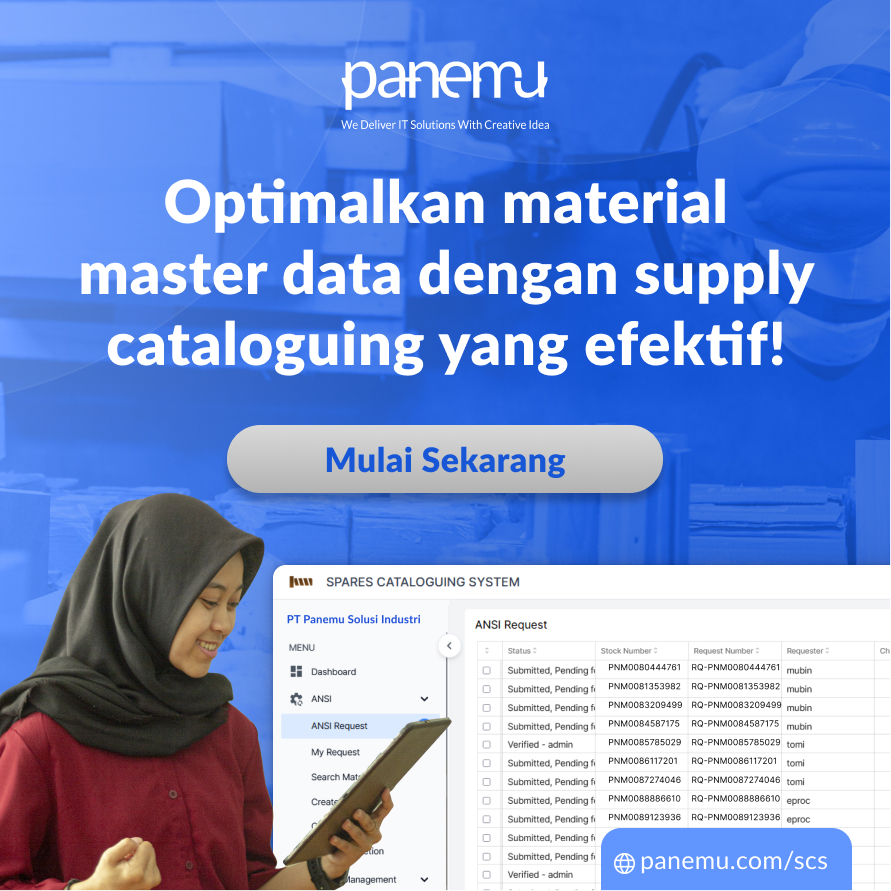Understanding the Difference, Optimizing Costs, and Maximizing Efficiency
Every operational decision you make has a direct impact on efficiency, productivity, and profitability. One of the most critical, yet often overlooked, aspects of industrial operations is Maintenance, Repair, and Operations (MRO). The way MRO is managed—whether through MRO Direct or MRO Indirect—can significantly influence cost control, supply chain efficiency, and asset uptime.
So, which approach is right for your company?
MRO Direct vs. MRO Indirect: What’s the Difference?
- MRO Direct refers to materials and spare parts directly related to production equipment and essential for operational continuity. These include:
- Critical spare parts
- Lubricants and consumables
- Production-line tools
- Replacement components
- MRO Indirect involves all materials that support operations but do not directly impact production output. These include:
- Office supplies and safety gear
- Cleaning products
- IT equipment
- General maintenance tools
While both categories play crucial roles in operational efficiency, mismanagement of MRO procurement and inventory leads to unnecessary costs, delays, and inefficiencies.
The Hidden Costs of Inefficient MRO Management
A study by Deloitte found that companies waste up to 25% of their MRO budgets due to poor inventory tracking and procurement inefficiencies. Common challenges include:
- Excess Inventory Costs – Overstocking direct and indirect MRO items ties up capital and increases storage costs.
- Unplanned Downtime – Lack of critical spare parts causes unexpected disruptions and production halts.
- Procurement Inefficiencies – Without a streamlined sourcing strategy, redundant purchases and supplier inconsistencies drain resources.
- Operational Bottlenecks – Teams waste time searching for misplaced inventory or waiting for delayed shipments.
How Strategic MRO Management Boosts Operational Efficiency
To mitigate these issues, leading corporations implement digital MRO asset management solutions that provide:
✔ Automated Inventory Tracking: AI-driven solutions identify usage patterns and prevent stockouts.
✔ Predictive Maintenance Integration: Ensuring the right spare parts are available before equipment failures occur.
✔ Supplier Consolidation: Reducing procurement complexity by centralizing vendors and contracts.
✔ Data-Driven Decision Making: Leveraging real-time analytics to optimize procurement and asset allocation.
Case Study: The Cost Savings of Smart MRO Management
A global manufacturing firm implemented a digitized MRO inventory management system and achieved:
- 30% reduction in unnecessary MRO inventory holdings.
- 20% improvement in production uptime due to optimized spare parts availability.
- Significant cost savings through improved supplier negotiations and bulk procurement.
Why It’s Time to Rethink Your MRO Strategy
With digitalization, companies can turn MRO from a cost center into a competitive advantage. By leveraging solutions like data-driven asset management, predictive analytics, and streamlined procurement processes, organizations can ensure:
✅ Lower costs by reducing excess inventory and procurement inefficiencies.
✅ Minimal downtime with real-time asset tracking and predictive maintenance.
✅ Improved operational efficiency through automation and AI-powered insights.
✅ Enhanced compliance with better documentation and regulatory tracking.
Unlock Efficiency with Expert MRO Management
At Panemu, we specialize in Inventory Asset Management, Data Cleansing, and Cataloguing Services, helping corporations streamline MRO procurement and management. Our solutions ensure optimal inventory levels, cost savings, and operational resilience.
Don’t let MRO mismanagement impact your bottom line. Book a free consultation today and take control of your operational efficiency.

